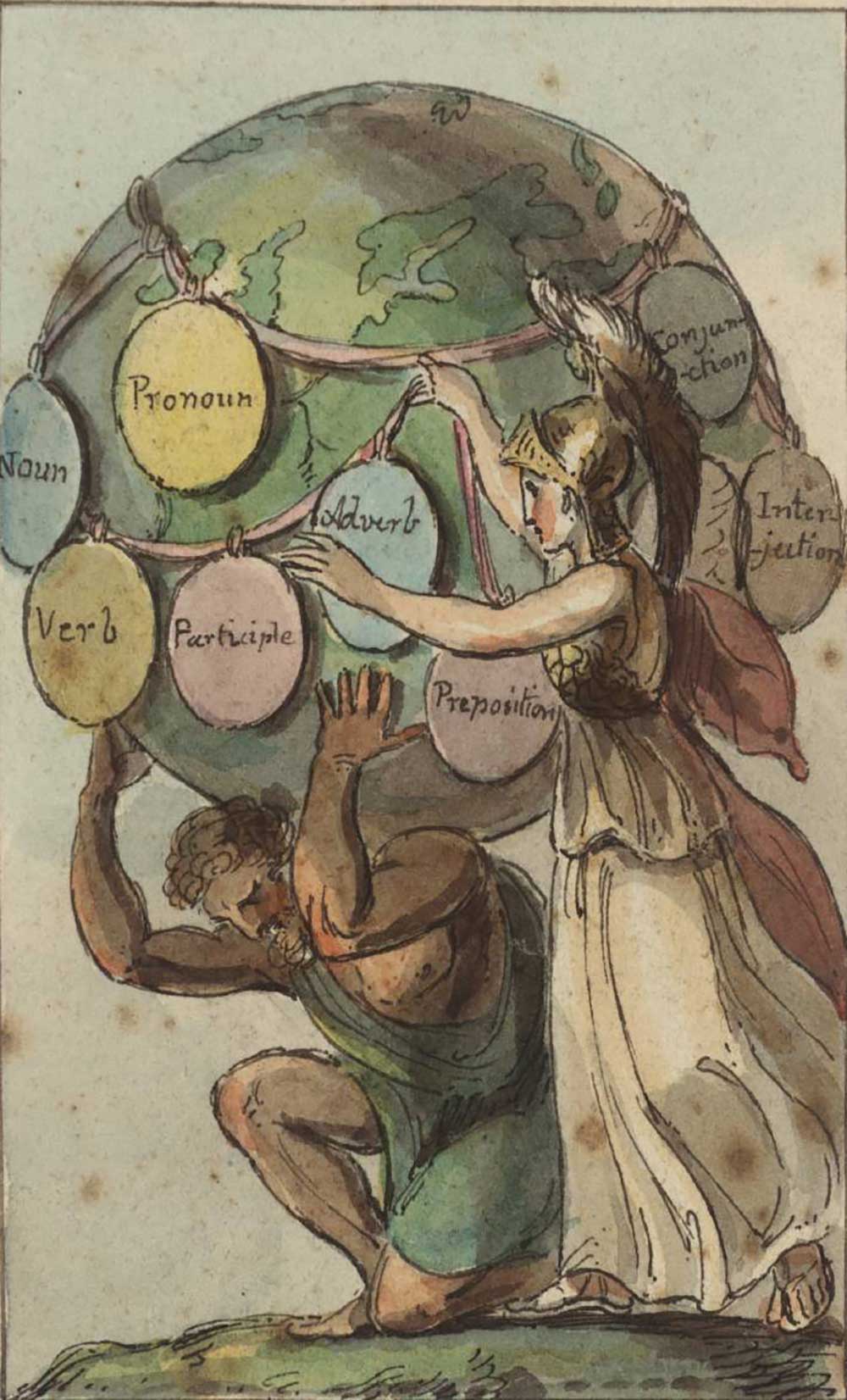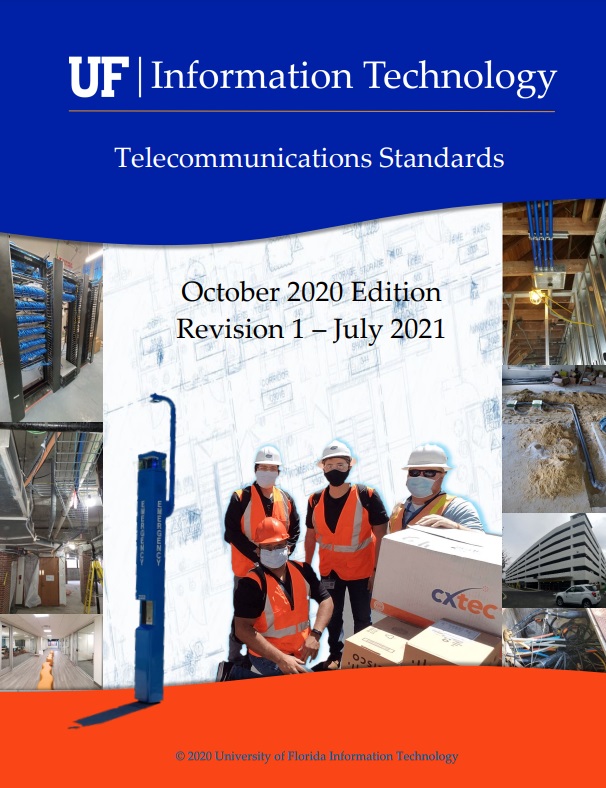https://www.facebook.com/groups/1047443902455259/permalink/1182140308985617/
Bei Mir Bist Du Shein
- Home Page 192

Università del caffè
Illycaffè — commonly known as “Illy” — is an Italian coffee company sets high standards in the art and science of coffee culture. Founded by Francesco Illy in Trieste, Italy, in 1933, the company collaborates with artists to create innovative coffee-related products
Language Proficiency
“The first and most distinguishing feature of civil society is the use of language.”
Adam Ferguson’s “An Essay on the History of Civil Society”
Standard Practice for Assessing Language Proficiency
Committee F43 on Language Services and Products
One of the easiest ways to persuade someone who disagrees with you is to change the subject without them knowing about it. Application of this method is found in the technical literature that informs safety and sustainability regulations at all levels of government. Change definitions; change the subject; outcome changed — hence our interest in spoken, written and computer languages.
Almost all technical standards begin with a list of definitions which, among domain experts, are frequently hard won.
From the project prospectus:
Purpose—This practice describes best practices for the development and use of language tests in the modalities of speaking, listening, reading, and writing for assessing ability in accordance with the Interagency Language Roundtable (ILR)2 scale. This practice focuses on testing language proficiency in use of language for communicative purposes.
Limitations—This practice is not intended to address testing and test development in the following specialized areas: Translation, Interpretation, Audio Translation, Transcription, other job-specific language performance tests, or Diagnostic Assessment. Tests developed under this practice should not be used to address any of the above excluded purposes (for example, diagnostics).
This title was developed in accordance with internationally recognized principles on standardization established in the Decision on Principles for the Development of International Standards, Guides and Recommendations issued by the World Trade Organization Technical Barriers to Trade Committee.
As of the date of this post we find no changes in the titles developed by this committee; nor do we see any notice of meetings; likely owed to the circumstances of the pandemic. Last Update: April 2020
Language lies at the foundation of all standards-setting so we maintain this title on the standing agenda of several of our daily colloquia. Its an “evergreen” topic that we can explore every day in every title in every catalog Feel free to click in to any of our daily colloquia; login credentials at the upper right of our home page.
More
Standards for the Modern Language Industry
American Council on the Teaching of Foreign Languages
Michigan State University: A Rhetorical History of the United States
CORRECTION: In the clip above, at the 5:11 mark, the caption should read: “He mobilized the English language”
„Jede Sprache ist eine schlechte Übersetzung“ – Franz Kafka
High Tea
The Idea of a University: John Henry Newman
This tradition has its origins in England during the 18th and 19th centuries. In the 18th century, the working class would have a substantial meal in the evening after finishing work, and this meal became known as “high tea” because it was eaten at a high, dinner table. It typically included hearty dishes such as meat pies, cold cuts, and other substantial fare.
On the other hand, the upper classes would have a lighter afternoon tea, usually served on low tables. This afternoon tea included finger sandwiches, scones, pastries, and, of course, tea. This more delicate tea was later referred to as “low tea” or “afternoon tea.”
Over time, the distinction between high tea and afternoon tea blurred, and today the term “high tea” is often misused to describe an elegant afternoon tea. However, the original high tea was a working-class meal, while afternoon tea was a more refined social event among the upper classes.
Traditional Missam Latinam
This content is accessible to paid subscribers. To view it please enter your password below or send mike@standardsmichigan.com a request for subscription details.
Telecommunications Service Entrance Room
Designing a Telecommunications Service Entrance Room (SER) involves careful consideration of various factors to ensure the effective and reliable operation of the telecommunications infrastructure. Here are some typical challenges associated with designing a SER:
- Space Constraints:
- Limited space can be a significant challenge when designing a SER, especially in existing buildings where retrofitting may be necessary.
- Adequate space is needed for equipment racks, cable management, and future expansion.
- Power and Electrical Requirements:
- Ensuring a stable and reliable power supply for the equipment is crucial. This involves considerations for power redundancy, uninterruptible power supply (UPS) systems, and proper grounding.
- Compliance with electrical codes and regulations must be addressed.
- Cooling and Ventilation:
- Telecommunications equipment generates heat, and effective cooling is essential to prevent overheating and ensure optimal performance.
- Adequate ventilation and air conditioning systems must be designed to maintain a suitable operating temperature.
- Cable Management:
- Managing and organizing a large number of cables can be challenging. Proper cable routing, labeling, and documentation are essential for troubleshooting, maintenance, and future upgrades.
- Security:
- Physical security is crucial to protect the telecommunications equipment from unauthorized access and potential tampering.
- Access control systems, surveillance, and security policies need to be implemented.
- Environmental Considerations:
- Depending on the location of the SER, environmental factors such as humidity, dust, and potential exposure to water or other contaminants need to be addressed.
- Scalability and Future Expansion:
- Designing the SER with future growth in mind is important. The infrastructure should be scalable to accommodate additional equipment and technologies as the organization’s needs evolve.
- Equipment Selection:
- Choosing the right telecommunications equipment for the specific needs of the organization can be challenging. Factors such as compatibility, performance, and vendor support must be considered.
- Interoperability:
- Ensuring that different telecommunications systems and equipment can work seamlessly together is crucial for the overall effectiveness of the SER.
- Reliability and Redundancy:
- Designing for high reliability and redundancy is essential to minimize downtime. This involves redundant power supplies, network connections, and backup systems.
Addressing these challenges requires a multidisciplinary approach involving telecommunications experts, electrical engineers, facility managers, and IT professionals. Regular maintenance and updates to the SER design should also be part of the overall strategy to ensure ongoing efficiency and effectiveness.
Facilities Services: University of Florida
Information Technology: University of Florida
454c656374726f746563686e6f6c6f6779
Within the next 90 days the better part of 10,000 pages of codes and standards that assert best practice to safe and sustainable electrotechnologies at the foundation of educational settlements are open for public consultation — primarily in the NFPA and the ICC catalog; coordinating with the IEEE. Deadlines run up to January 7th. Links to passages we need to work on are gathered here. You are welcomed to join us at 16:00 any day until then.
Guide for Overhead Alternating Current (AC) Transmission Line Design | Comments Due February 2
Proposed Addendum g to Standard 189.3-2021, Design, Construction, and Operation of Sustainable High-Performance Health Care Facilities | RE: Electrification (December 10)
Does steam from boilers count as a normal combustion source for sterilization processes?
Keyword: Euler
Skunks
This content is accessible to paid subscribers. To view it please enter your password below or send mike@standardsmichigan.com a request for subscription details.
Raccoons
This content is accessible to paid subscribers. To view it please enter your password below or send mike@standardsmichigan.com a request for subscription details.
New update alert! The 2022 update to the Trademark Assignment Dataset is now available online. Find 1.29 million trademark assignments, involving 2.28 million unique trademark properties issued by the USPTO between March 1952 and January 2023: https://t.co/njrDAbSpwB pic.twitter.com/GkAXrHoQ9T
— USPTO (@uspto) July 13, 2023
Standards Michigan Group, LLC
2723 South State Street | Suite 150
Ann Arbor, MI 48104 USA
888-746-3670





















